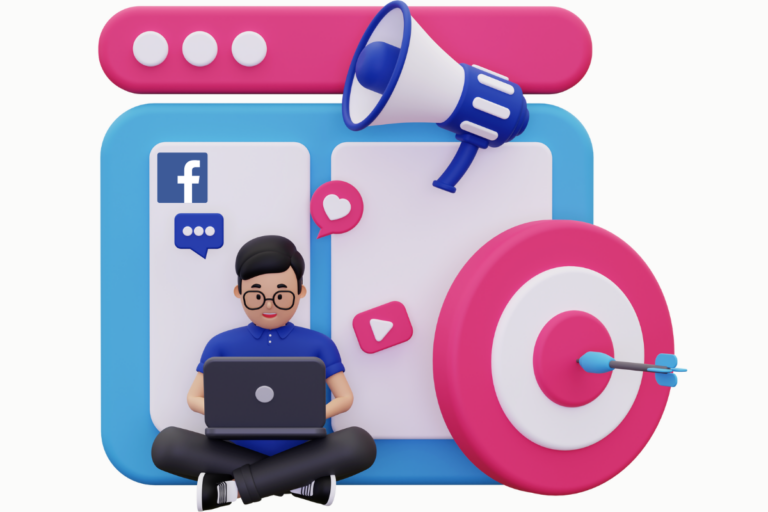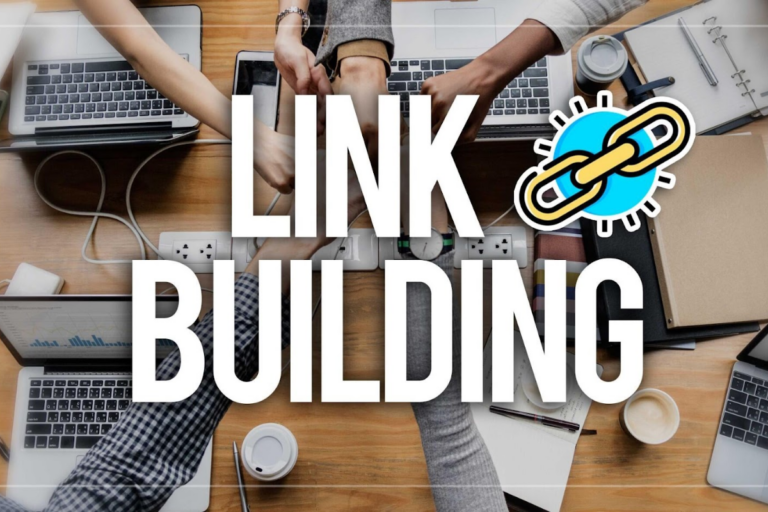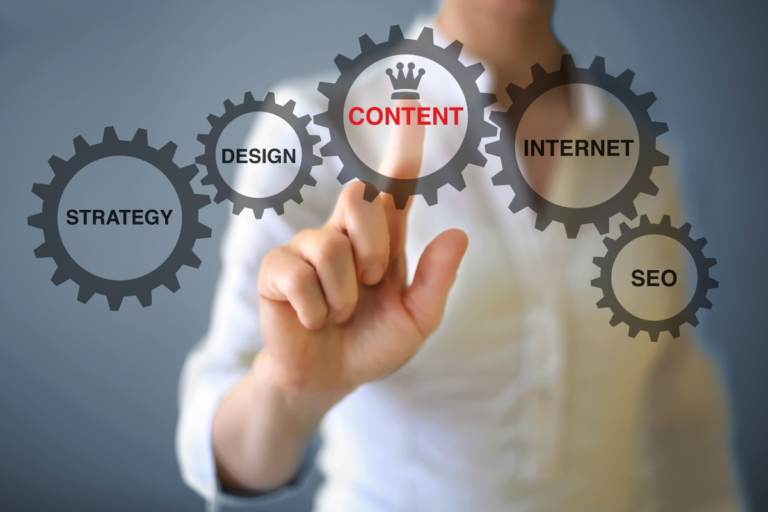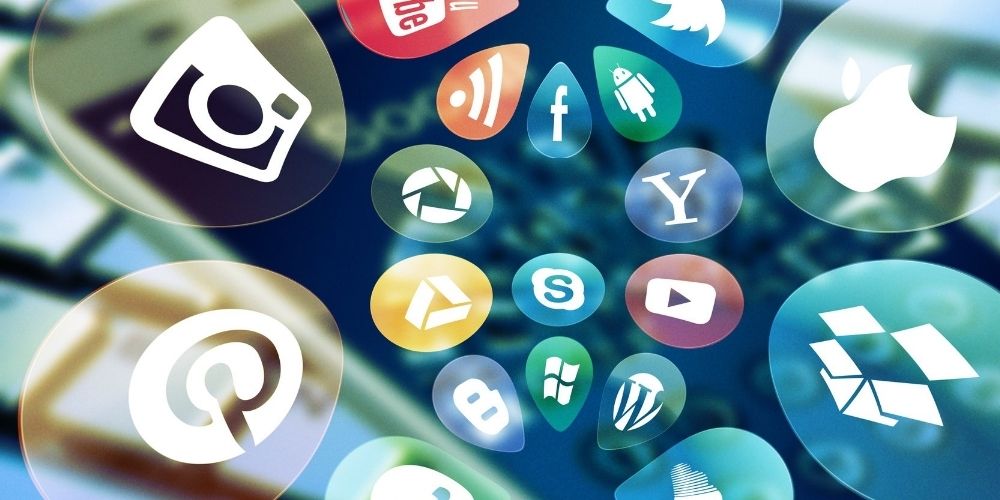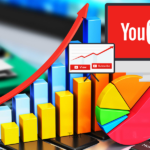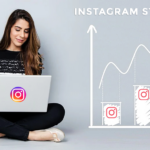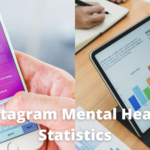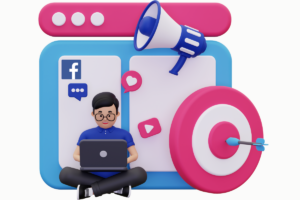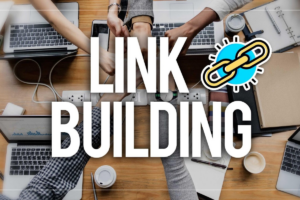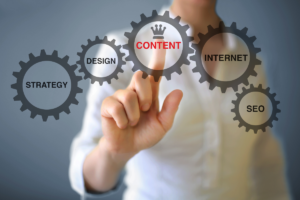For most of us, it feels like social media has been around for ages, but it is still a relatively new experience in relation to the human psyche.
With social media platforms becoming more a part of people’s lives every year, and with each new generation, it is important that we comprehend the real impact that each social platform has on our mental health.
A new report, published by the Royal Society for public health in the UK looked at the effects of social media on the mental health of younger people.
It surveyed 1500 people aged between 14 and 24, and their conclusions offered a little bit of insight into how varying social media sites impact a variety of different issues related to mental health, including sleep deprivation, depression, anxiety, and body image.
We should all be able to still remember the innocent days of MySpace, where you would occasionally upload a photo, and talk to a friend by posting a comment under their profile image.
It was basically a time in history where interacting online with other people was at a very primitive stage, and the idea of social media haven’t even been invented. It was an innocent age where developers were just trying to connect people with one another through limited methods.
It was actually fun because everything was so novel. There were definitely no influencers and even if you did have a lot of people who followed you on Myspace, nobody was trying to take advantage.
Even brands hadn’t cottoned on to the idea of marketing their products through people that had a lot of followers online. Of course, times have changed dramatically.
Myspace is nothing compared to what we’ve got now. If you do a quick Google search of social media, you will be inundated.
There are a lot that have come and gone since the day of Myspace but there are a few that have stood the test of time and are considered the most popular social media sites right now.
Consider Facebook for a moment. Facebook was the solution to the failing MySpace. It made everything a lot easier. Facebook pioneered the concept of social media, and as a result, everything changed.
With great power comes great responsibility, and we’re not too confident that Mark Zuckerberg has managed his responsibilities all that well.
Social media can be a tool to use for good or bad and we’ve all seen changes first-hand from the first days of MySpace, and while some of them have been good, a lot of them have been bad.
There are a lot of people out there these days that argue that the link between mental health issues and the increase of social media isn’t a coincidence, and we’ve got to agree.
In fact, a study done in 2018 showed frequent use of social media increased the participants chances of experiencing depression and anxiety.
This is a problem particularly for girls, because girls are a lot more likely to compare themselves to others on the platform.
There are a number of signs that all these social media platforms have in common that make them this way. These are vanity metrics, trolls, addictive natures, anonymous users, and privacy issues.
With these frightening thoughts in mind let’s take a look at what we believe to be the worst social media for mental health, ranked in order.
Post Contents
Which is the Worst Social Media for Mental Health?
Instagram had the worst effect on the mental health of younger people.
Congrats Instagram.
The visual social media app negatively impacts sleep and body image, increases the chances of experiencing bullying, and the fear of missing out, and results in emotions related to depression, anxiety, and loneliness.
The positive effects of Instagram include community building, self-expression, and emotional support.
When it comes to Facebook, it had similar adverse effects to Instagram when it comes to things like body image, the fear of missing out, bullying, depression, loneliness, and anxiety.
Facebook also had a negative impact on sleep. Facebook also had positive effects, including community building and emotional support.
Interestingly, the one social media platform that stood out from the rest as far as having a positive effect on mental health was YouTube.
The platform known for video streaming scored high in categories like community building, awareness, and self-expression.
YouTube also is the only social network where depression, loneliness, anxiety lessened the more it was used.
There are a lot of YouTubers out there that actively try to form an online community where the people that enjoy their content can support one another.
The worst negative impact of YouTube is the impact that it has on sleep.
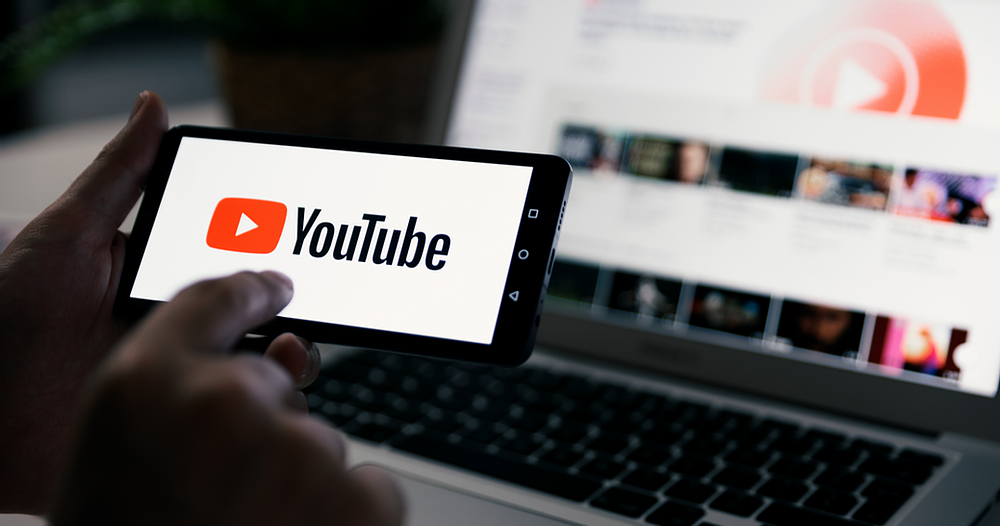
Depression and Anxiety
When it comes to younger people, the rates of depression and anxiety have skyrocketed over the last quarter-century, increasing by an astonishing 70%.
Researchers believe that social media has played a big part in this. People that use social media a lot have reported poor mental health, including symptoms of depression and anxiety.
Social media feeds feelings of anxiety and inadequacy. This kind of level of anxiety can make it hard for young people to go outside of their own house, do really well at their job, or even concentrate on what they are studying.
According to the study, using social media for more than two hours a day has been closely associated with increased levels of psychological distress, poor mental health, and suicidal thoughts.
Researchers believe that this depression-like effect comes from the pressure of trying to keep up with an unrealistic expectation of reality, as well as peer pressure online that might exacerbate existing conditions.
People all too easily compare the mundane aspects of their lives with the small snippets of other people’s lives that they are viewing online.
Body Image
All social networks have shown that they have a negative impact on the body image of the user, but when it comes to Instagram, it’s definitely the worst, with body image issues are particularly prevalent.
Instagram is used mostly by females, and it also targets a younger age bracket. 90% of people on Instagram are under 35 years old.
When people upload photos to Instagram, a lot of the time they have been filtered and photoshopped, which means that they are unrealistic when it comes to what the person really looks like.
Back not that long ago, people worried about body image expectations that were created by fashion magazines, but now, Instagram offers millions of new images an hour for young girls to compare themselves to, which is why it is no wonder that girls are showing an increased desire to alter how they look after spending time on Instagram or Facebook.
Another troubling piece of information is the fact that social media appears to have caused an increase in cosmetic surgery among young people, who are hoping to look better in their photos.
Sleep
Sleep can be linked directly to mental health. Mental health and sleep are interconnected, which means that if you have poor mental health, this can result in poor sleep, and it can be the other way round as well.
Using social media has a negative impact on both how much people sleep, and the quality of the sleep that they get.
If you are browsing social networks at night, the LED light on your phone interferes with your brain’s ability to naturally release sleep hormones.
Also, one in five people say that they wake up in the middle of the night to check their phone for messages on social media, which means that they are more likely to be tired the next day at school.
Worst Social Media Sites for Mental Health (Including Instagram)
Let’s take a look at the worst social media sites for mental health a bit more in-depth.
YouTube
We believe that YouTube is most harmless social media when it comes to your mental health for a number of different reasons.
There are a lot of people out there that still see YouTube as just a video sharing platform, but it is actually one of the biggest social networks out there right now. Video is only one part of YouTube.
On YouTube you can also create posts for your followers, and you can also comment on videos, and reply to comments on videos.
As a whole, YouTube has changed dramatically over the last few years, becoming more and more child friendly. In fact, it is now so child friendly that you have to be careful about what you are putting on it.
It is nothing like what it was back in 2007, where it was more or less a free for all. This is potentially a good thing because there is less room for triggering and abusive content.
Yes, people can reply to your comments on YouTube, but there isn’t as much abuse like on Twitter, for example.
YouTube is definitely the best social media website when it comes to your mental health because it is a place where communities are cultivated where you can find like-minded people.
You can see other people communicating about things that you care about, and you can also share your own ideas.
Because the people who are making the YouTube videos are doing so in this type of format, it is really easy to see who they are, as opposed to an image on Instagram that you can easily manipulate.
The fact that YouTube also promotes longform content means that you can really get a sense of who somebody is, which leads to a more genuine connection with that person.
No, YouTube isn’t perfect, but it’s a far cry from other more harmful social media sites out there.
We have our personal issues with Facebook, but we still think that they are relatively harmless compared to some other social sites out there.
The reason why we are putting Facebook lower on the list when it comes to worse social media for mental health is because it actually works pretty hard to block content that is harmful.
Of course, this isn’t the case when it comes to private messages, which means that you can still be cyberbullied through messages.
However, if you receive abuse on Facebook that’s public there will be enough people reporting it, so that the bully gets suspended.
Facebook is another social media platform that is good for meeting like-minded people, and also staying connected with your friends and family.
In contrast to YouTube, Facebook is all about staying in touch through text which a lot of the time can be in the form of a post. This can lead to negative experiences because you are likely to see a lot of rants.
It’s common these days to see people venting about what they’re going through on Facebook, and the trouble with Facebook is that it’s another place where you can create a totally inauthentic image of yourself.
You can even make yourself out to be a completely different person to what you actually are. You can also feel like you are missing out when your friends post images that only show the fun side of their lives.
Another reason why Facebook can be bad for your mental health is because it can be easy to spend a lot of time on it.
Once you start scrolling through your feed, before you know it an hour or two has gone by, and you are feeling drained.
At the end of the day, having a complete stranger lash out at you online is pretty stressful, which is why Facebook it a social media site that cultivates anxiety, and potentially depression.
Snapchat
Snapchat is another social media platform that isn’t exactly the worst when it comes to your mental health, but they are definitely quite high up there when it comes to anxiety and depression.
We think that Snapchat is a pretty strange one, because the idea is simple; all you have to do is take a picture, send it to a friend, and the picture will disappear after a few seconds.
Of course, the nature of this is addictive, because you will want to always try and see the images that people are sending you before they disappear.
A study indicated that Snapchat and Instagram were the worst social media for mental health because of the visual aspect of their platforms.
Instagram focuses on likes, but Snapchat focuses on snap streaks, where you can build them up by sending people snaps on a daily basis.
This creates an environment where you want to try and keep this streak going, so you end up using the app more often.
If your followers stop opening your Snapchats, then you lose your momentum, and this is obviously going to lead to feelings of rejection and low self-worth.
Another issue with Snapchat is that it is a platform where child abuse is rife, because of the disappearing image function.
This means that it is a really easy place for predators to reach out to minors, presumably because they believe that whatever they send is going to be deleted automatically.
In fact, there’s a child charity in the UK that considers Snapchat one of the most dangerous social media platforms when it comes to grooming.
Of course, nobody wants to condone or support a platform that fosters child abuse, so this is one of the many reasons why Snapchat is one of the worst social media for mental health.
Twitter is another really interesting one when it comes to thinking about the worst social media for mental health.
Twitter is one of those platforms where you can virtually say whatever you like to somebody and get away with it. You can post images, text, and videos; however, people mainly focus on tweeting.
In fact, it was the first social media platform that let you connect and communicate with celebrities. In a way, it put everybody on the same level.
What’s interesting about Twitter is that because the majority of the content on there is text, it is easy to be anonymous. This is why Twitter has a big culture of anonymous abuse.
Harassment and abuse are prevalent on Twitter because Twitter has always been one of the most relaxed social media platforms.
Twitter has tried to step up their efforts when it comes to cleaning up their platform, but for the most part, it still feels like one of those open forums where anybody can say whatever they like, including abuse and hate speech.
Most other social media platforms are really good at recognizing abuse, and as a result suspending people.
Comparatively, Twitter has a pretty primitive system that lets anonymous people do their thing without too many consequences.
It’s really easy to come across harmful content on Twitter and there’s a culture of rumors, fake news, and misleading information which has resulted in Twitter being one of the worst social media platforms for your mental health.
Twitter can cause a great deal of anxiety because there are a lot of better people out there that like to spend all of their time online hurting other people, and this is a lot more common than you might think.
Twitter is definitely the kind of social media tool that at this point has been abused by its users, and we don’t really see it improving anytime soon, unless they’re willing to ramp up their protective and preventative efforts.
Instagram is by far the worse social media when it comes to your mental health. Why? Because everything that you see on Instagram is completely fake.
Alright, not everything, but 99% of what you see is disingenuous. That is kind of like stepping into a hyper reality where perfect people are living their perfect lives.
They have perfect lighting, perfect makeup, and the fact that so many people on Instagram are now aspiring to be influencers makes this platform one of the most artificial in the industry.
If you have happened to see the Black Mirror episode where people can up or downvote one another in real life, then you will have a good sense of how Instagram is operating online. Instagram is completely visual, and nobody is bothering to read the comments.
This means that you can transform yourself into a completely different person on Instagram, which of course is going to affect the self-worth of your audience.
It is incredibly bad for your sense of reality when you see people using apps to make themselves fitter and slimmer.
This has sparked a lot of controversy as influencers continue to put their airbrushed photos in front of millions of teenagers, which directly affects their self-esteem and mental health.
Thankfully, there are a lot of Instagram users who are now aware of this, but it is still a problem for younger teens who might not know any better.
We can’t say it enough, everything that you see on Instagram is completely fake. It feels like everybody is on Instagram to gain more attention and become famous.
All Instagram is about is vanity metrics, and not a lot else. This means that your popularity is linked directly to the number of likes that you get on your content.
It is also home to influencers, who try to influence their audience into buying products so that they can live like them.
What’s sad is that the majority of these influencers don’t even usually use the products that they are promoting.
According to one study, Instagram was found to be the worst social media for mental health, and some of the negative effects of Instagram include the fear of missing out, loneliness, and depression.
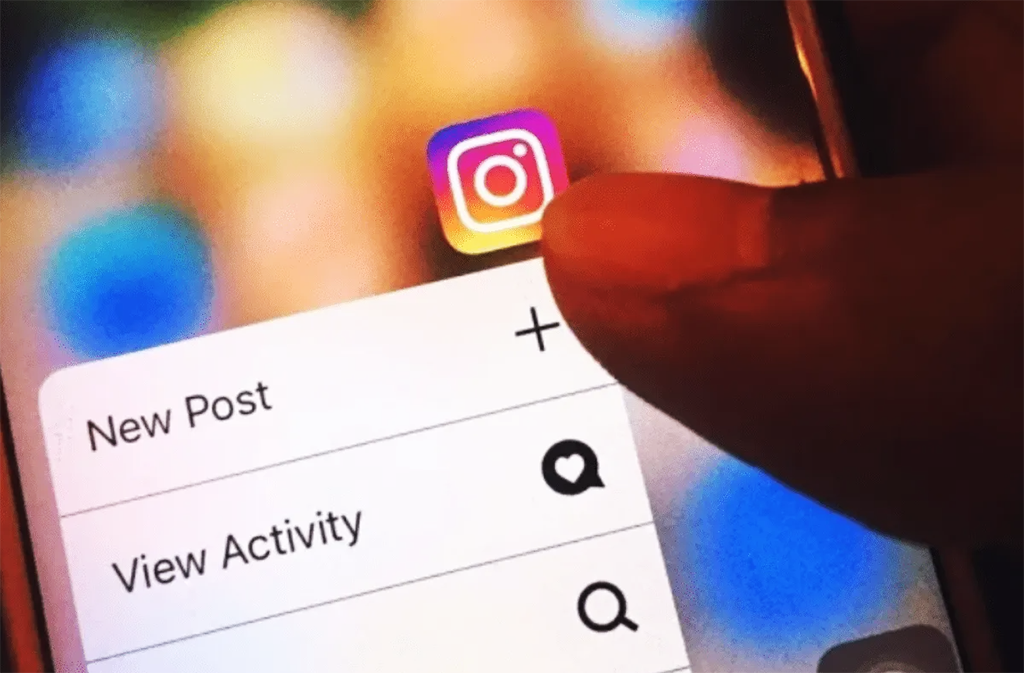
Social Media Can Offer Support for Mental Health
One of the advantages of social media is that it can offer young people a source of emotional support.
Social networks do have valuable mental health information and let young people who might be suffering from mental health issues the chance to feel as if they aren’t alone.
Final Thoughts
There is no doubt that social media use can be linked inherently to mental health, with Instagram being the worst social network for mental health overall.
This is particularly true for younger people, who tend to use social media a lot, and whose brains are still developing in terms of emotional and social health.
Social media is capable of being used as a tool for good, but the challenge is to make sure that social media companies are doing everything they can to make these platforms a safe environment, and for younger people to be equipped with the right skills to be able to navigate social media sites and know where to seek help when they need it.



